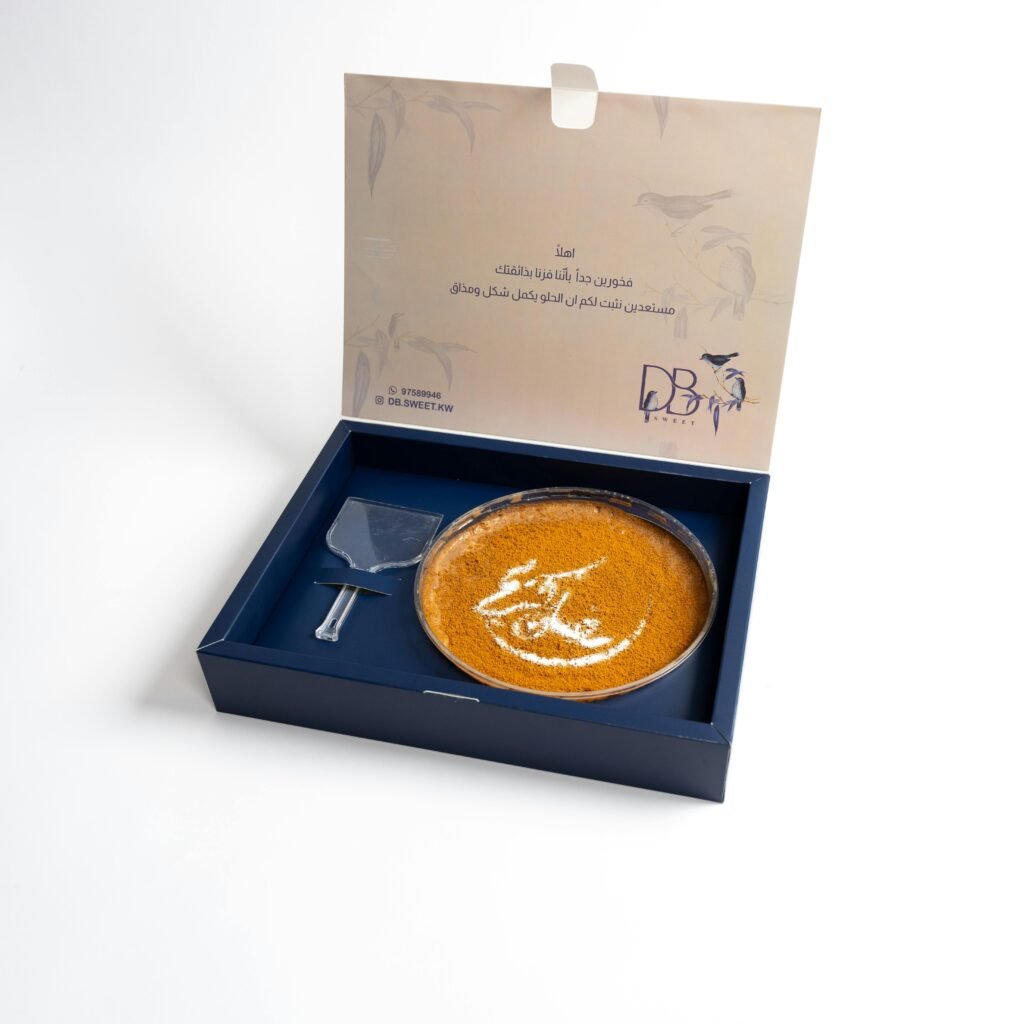Welcome to “The Ultimate Guide to Organizing Plastic Storage Solutions!” In this article, you will learn all the tips and tricks on how to effectively organize and label your plastic storage containers. Say goodbye to cluttered shelves and misplaced items as you discover the best practices for maximizing your storage space and keeping everything neat and tidy. Get ready to revolutionize the way you store your belongings with our comprehensive guide to plastic storage organization. Have you ever found yourself drowning in a sea of plastic storage containers, lids that don’t match, and a general feeling of chaos every time you open your cupboards? Fear not, because in this ultimate guide, we will walk you through the process of organizing and labeling your plastic storage solutions. By the end of this article, you’ll be well on your way to a more streamlined and efficient storage system, saving you time and reducing frustration in the kitchen. Let’s dive in!

This image is property of images.pexels.com.
Assess Your Current Inventory
Before you dive into organizing your plastic storage solutions, take some time to assess your current inventory. Remove everything from your cupboards and lay it out on your kitchen counter. Take stock of what you have, what’s missing, and what you can do without. This step is crucial in decluttering and creating a more efficient storage system.
Sort Through Containers and Lids
Take a good look at all your plastic containers and lids. Match each lid with its corresponding container and set aside any mismatched pairs. If you come across any containers or lids that are damaged, cracked, or stained, consider tossing them out to make room for a more organized collection.
Evaluate Sizes and Shapes
Organize your containers by size and shape to make storage and stacking more efficient. Group containers of similar sizes together to ensure they stack neatly and take up less space in your cupboards. Consider keeping a variety of sizes on hand to accommodate different portion sizes and storage needs.
Create a Storage System
Now that you’ve assessed your inventory and sorted through your containers and lids, it’s time to create a storage system that works for you. A well-organized storage system will not only save you time but also make meal prep and storage a breeze. Let’s explore some tips for creating an effective system.
Designate Zones
Divide your kitchen cupboards or drawers into zones based on the frequency and type of items you use. For example, designate one zone for food storage containers, another for lunch containers, and a separate zone for baking supplies. By creating designated zones, you’ll know exactly where to find and return items, saving you time and reducing clutter.
Utilize Drawer Dividers
If you store your plastic containers in kitchen drawers, consider using drawer dividers to separate and organize different sizes and shapes. Drawer dividers are a great way to keep containers neatly stacked and prevent them from tumbling around every time you open and close the drawer.
Invest in Drawer Organizers
Drawer organizers are another handy tool for keeping your plastic storage solutions in order. Use smaller organizers to separate lids from containers and larger organizers to group containers of similar sizes together. Drawer organizers come in a variety of shapes and sizes, making it easy to customize your storage system to fit your needs.

This image is property of images.pexels.com.
Label Your Containers
Labeling your plastic storage containers is a game-changer when it comes to staying organized. Not only does labeling help you quickly identify the contents of each container, but it also ensures that items are returned to their rightful place. Let’s explore some labeling tips and techniques to streamline your storage system.
Use a Label Maker
Investing in a label maker is a simple and effective way to label your plastic storage containers. Label makers come in various styles and sizes, allowing you to create custom labels with ease. Consider labeling containers with the contents, date packed, and any special instructions, such as “microwave-safe” or “do not freeze.”
Utilize Chalkboard Labels
Chalkboard labels are a versatile and reusable option for labeling your plastic storage containers. Simply write the contents on the label using chalk or a chalk marker, then wipe it clean when the container is empty or the contents change. Chalkboard labels are great for containers that have rotating contents, such as leftovers or snacks.
Color-Code Your Labels
Color-coding your labels is a fun and efficient way to organize your plastic storage solutions. Assign a different color label to each category of food or container size to visually distinguish between them. For example, use green labels for vegetables, blue labels for leftovers, and red labels for meats. Color-coding makes it easy to locate items quickly and keeps your storage system visually appealing.
Maintain Your Storage System
Once you’ve organized and labeled your plastic storage solutions, it’s essential to maintain your system to ensure it stays organized and clutter-free. Regular maintenance and upkeep will save you time in the long run and prevent chaos from creeping back into your cupboards. Let’s discuss some tips for maintaining your storage system.
Regularly Purge Unused Items
Take some time every few months to purge any unused or unnecessary items from your plastic storage collection. If you come across containers that you haven’t used in a while or lids that no longer have a matching container, consider donating or recycling them to free up space for items you use regularly.
Clean and Dry Containers Thoroughly
After each use, make sure to clean and dry your plastic storage containers thoroughly to prevent odors, stains, and mold from developing. Wash containers with hot, soapy water, rinse them well, and allow them to air dry completely before stacking or storing them. A clean and dry container is essential for maintaining the freshness of your food and preserving the longevity of your storage solutions.
Reassess and Reorganize Periodically
As your storage needs change and evolve, it’s essential to reassess and reorganize your plastic storage solutions periodically. Take stock of your inventory, adjust your zones and organization system as needed, and update any labels that have become outdated. Regularly revisiting and tweaking your storage system will ensure that it continues to meet your needs and remains functional over time.

This image is property of images.pexels.com.
Conclusion
Congratulations, you’ve reached the end of the ultimate guide to organizing plastic storage solutions! By following the tips and techniques outlined in this article, you’re well on your way to creating a more streamlined, efficient, and organized storage system that will save you time and reduce frustration in the kitchen. Remember to assess your current inventory, create a storage system that works for you, label your containers, and maintain your system to keep it clutter-free. With a little time and effort, you can transform your chaotic plastic storage solutions into a well-oiled machine that makes meal prep and storage a breeze. Happy organizing!
